

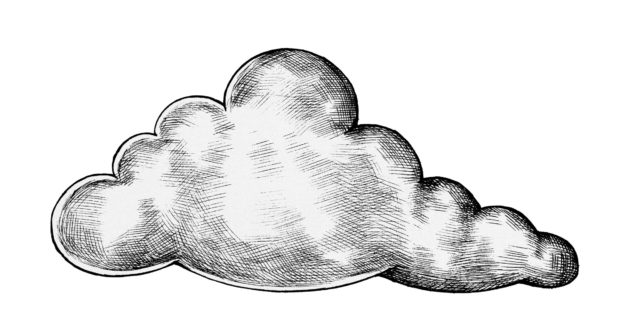
On September 8, 1900, the deadliest natural disaster in U.S. history unfolded on a narrow barrier island southwest of Houston. A powerful hurricane swept through the city of Galveston, Texas, bringing a storm surge of over fifteen feet across an island that was only eight feet above sea level at its highest point. Winds of 120 miles per hour lashed the city. Nine inches of rain fell in a day. The storm leveled much of the city’s residential area, reducing tidy neighborhoods of wood-framed houses to vast fields of debris. Perhaps as many as eight thousand people, 20 percent of the city’s total population, died. Another ten thousand were left homeless.
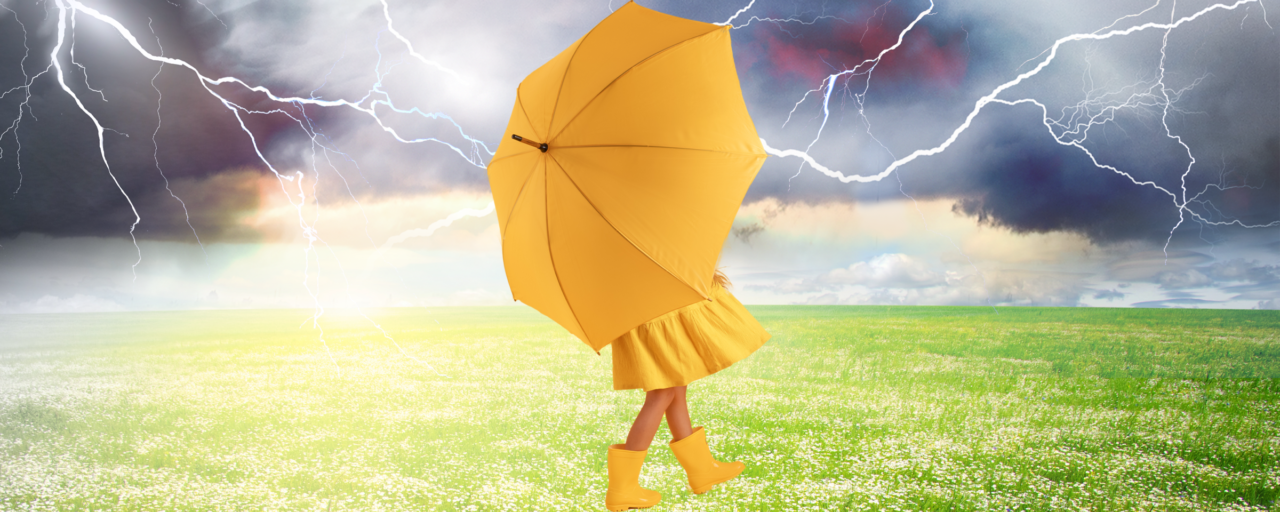
Did Exxon Make It Rain Today?
An essay in four parts
I. An Extreme Climate
II. Houses Upon the Sand
III. Selling the Story
IV. The Cost of Catastrophism
The hurricane had caught the city by surprise. The U.S. National Weather Service was in its early days and its forecasting tools were primitive. The storm had been spotted by a few Caribbean weather stations and ships at sea. But forecasters had little knowledge of its size or intensity and predicted that it would head east, across Florida and on to the Atlantic, rather than west toward the Texas coast. The city was also ill-prepared to weather a storm of such magnitude. Over the previous several decades, a series of large storms had destroyed the coastal city of Indianola, 100 miles to the southwest. In the aftermath of those storms, Galveston’s leaders considered building a protective seawall, but ultimately convinced themselves that such an event was unlikely to hit their city.
The scale of carnage that the Great Hurricane of 1900 wreaked upon Galveston was by no means anomalous in the late nineteenth and early twentieth centuries. Immigration, westward expansion, and urbanization brought large populations into floodplains and coastal regions across the United States. These growing agglomerations of poorly planned, densely populated communities had little hardened infrastructure to speak of, and brought large numbers of people into regular contact with extreme climatic events.
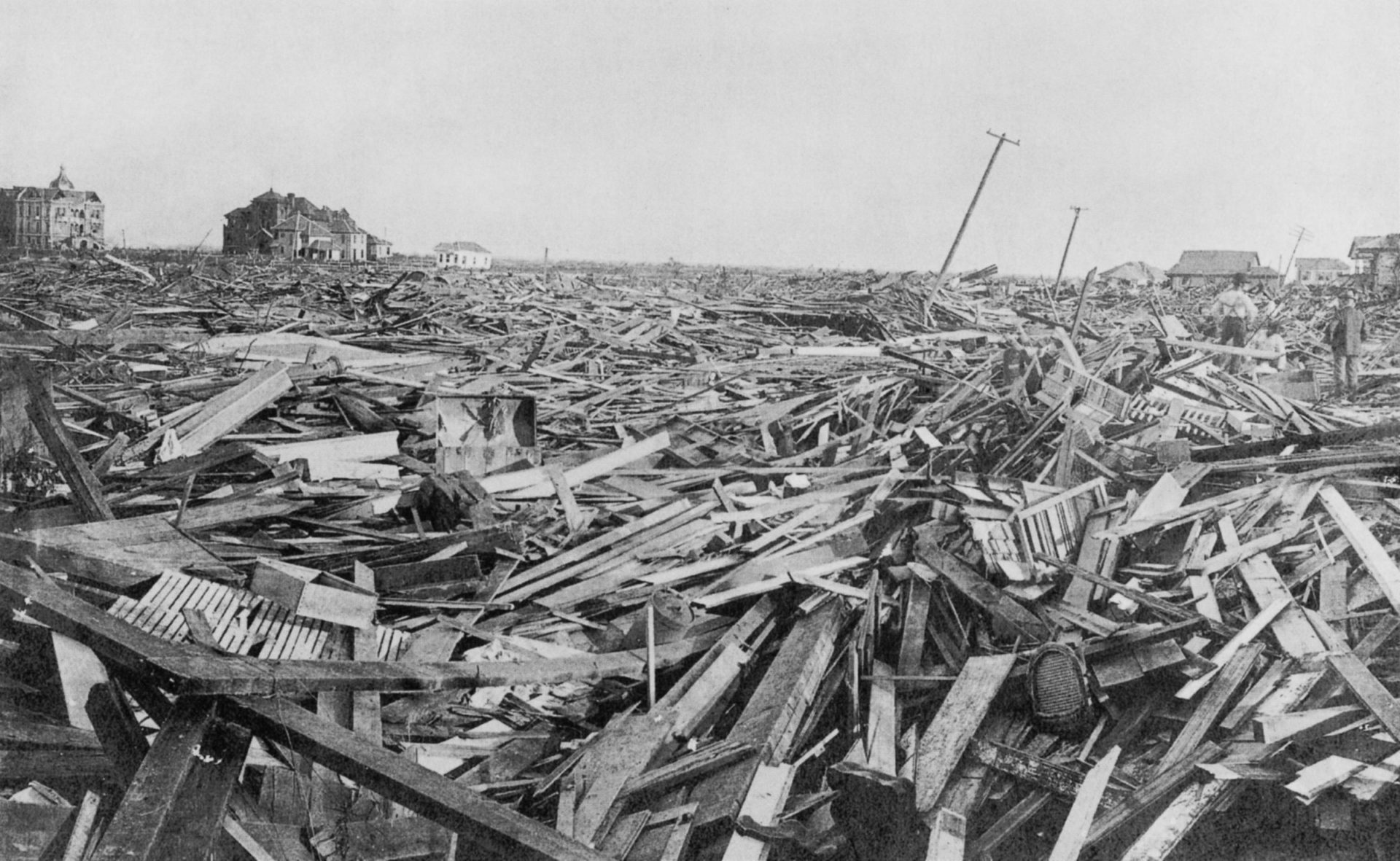
Indeed, the list of the worst climate-related disasters in U.S. history, those that claimed a thousand or more American lives, is dominated by events that occurred before 1940. There were hurricanes in 1893, 1893 again, 1899, 1900, and 1928; heat waves in 1896 and 1936; floods in 1862 and 1889; and wildfires in 1871 and 1918. By contrast, since 1940 only three climate disasters have claimed a thousand or more lives: a heat wave in 1980, Hurricane Katrina in 2005, and Hurricane Maria in 2017.
The story is much the same globally. Two climate disasters have claimed a million or more lives, both of them floods in China, in 1887 and 1931. Tropical storms in South Asia claimed multiple hundreds of thousands of lives in 1737, 1839, and 1876. The more recent climate catastrophes with comparable death tolls, such as the cyclone that killed up to half a million people in what is now Bangladesh in 1970, and the typhoon and resulting dam failure that took a similar toll in China in 1975 amid the chaos of the Cultural Revolution, have reliably occurred at the intersection of poverty, dense population, inadequate infrastructure, and failing political institutions. We tend to think of natural disasters as natural. But the thing that determines how disastrous they are is mainly what humans do, not what nature does.
Discussions of weather-related natural disasters in recent years have largely focused on one particular human factor: the consequences of an anthropogenically warming planet. But the heavy concentration of catastrophic disasters prior to the period when climate change began to significantly warm the planet should remind us that the earth’s climate has always been highly variable, extreme, and dangerous. What determines whether hurricanes, floods, heat waves, and wildfires amount to natural disasters or minor nuisances, though, is mostly not the relative intensity or frequency of the natural hazard but rather how many people are in harm’s way and how well protected they are against the climate’s extremes.
Infrastructure, institutions, and technology mediate the relationship between extreme climate and weather phenomena, and the costs that human societies bear as a result of them. Air conditioning mitigates suffering during heat waves. Dams, reservoirs, and flood control systems keep water from inundating population centers during intense rainstorms. Building codes and hardened infrastructure help the built environment withstand hurricanes, tornadoes, and other extreme weather events. Multi-day forecasts, early warning systems, and emergency response capabilities allow people to anticipate climatic extremes, prepare for them, and survive them.
The implications of this point will be counterintuitive for many. Yes, there are many types of disasters, like hurricanes and floods, that are causing greater economic costs in many places than they used to. But this is almost entirely because the places that are most exposed to weather disasters have far more people and far more wealth in harm’s way than they used to. Even if there were no global warming, in other words, these areas would be much more at risk simply because they have much more to lose.
Once you factor out how many more people and how much more economic activity are in exposed areas, the economic costliness of weather extremes in recent decades has generally been flat or declining, not rising. The human costs, meanwhile, measured by deaths associated with climate and weather extremes, have fallen dramatically over the last century. Improving infrastructure and technology have made most people much more resilient to climate hazards today, even in relatively poor regions and even as the climate has warmed.
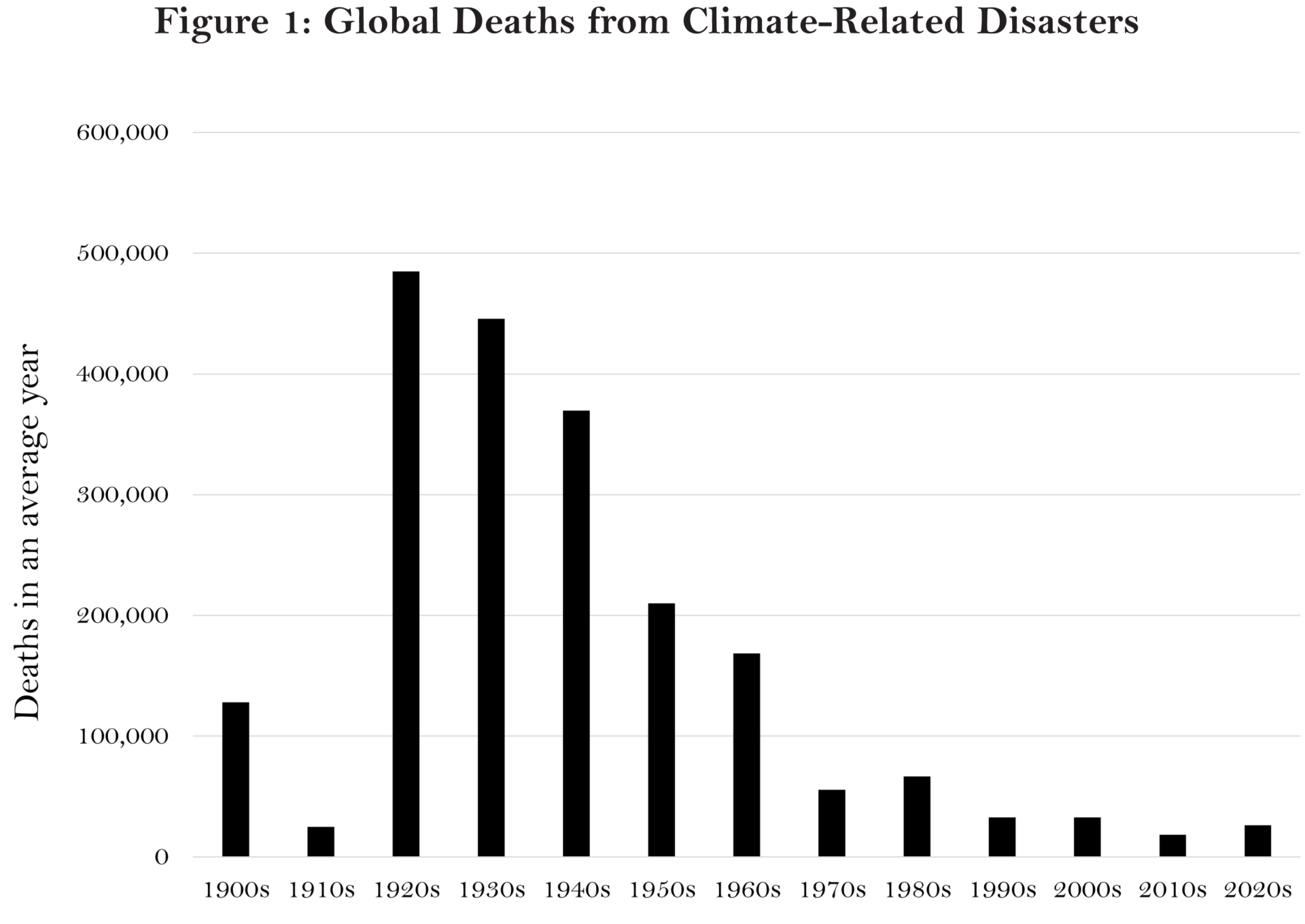
Still, there has been no shortage of tragedies associated with extreme weather events in recent decades. But where they do occur, it is almost entirely due to failures of institutions and infrastructure, not the additional extremity of the weather event due to climate change. Two under-engineered and long-neglected dams in the divided country of Libya, racked for years by civil war, fail, sending a torrent of flood water into a large city and killing thousands. While Lahaina, Hawaii, is ablaze, Maui authorities fail to send out an evacuation warning and close the main road out of the city, as fire hydrants run dry amid years-long fights over water supply, resulting in a hundred avoidable deaths. Katrina, a strong but not exceptional hurricane, makes landfall over New Orleans, a city that sits mostly below sea level with a large low-income population living in the shadow of levees that haven’t been properly built or maintained, killing well over a thousand.
These disasters were human-caused. But the human causes that turned these extreme events into terrible disasters were failures of infrastructure and institutions. Climate change was not the decisive factor.
One would be hard-pressed to glean this crucial distinction from media outlets like the New York Times, the Associated Press, and CNN. Seemingly every day, we are bombarded by news of yet another extreme weather event that is attributed to climate change. And while there is evidence that climate change is influencing some of these events, the role it is playing in most of them has been reliably exaggerated.
The consequences of this misattribution are significant. The capture of the media by a catastrophist climate narrative has directed public attention away from straightforward measures that policymakers can take to reduce our vulnerability to the climate’s extremes. It has allowed politicians, in the wake of climate-related disasters, to divert attention from their own failures by pointing the finger at fossil fuel companies. It has amplified the claims of an increasingly unhinged climate movement that has consistently polarized public sentiment on the issue and undermined practical efforts to reduce emissions and transition the world toward cleaner energy. And it has left many people gripped by a terror about the future that solves nothing and isn’t justified to begin with.
In the media, the environmental advocacy community, and much of the academy, the basic mental model for how climate change will impact human societies is typified by the famous poster for Al Gore’s Oscar- and Nobel-winning film, An Inconvenient Truth, showing a hurricane coming out of a smokestack. In the popular imagination, human combustion of fossil fuels warms the planet, leading to epic hurricanes, floods, heat waves, droughts, and wildfires that devastate societies.
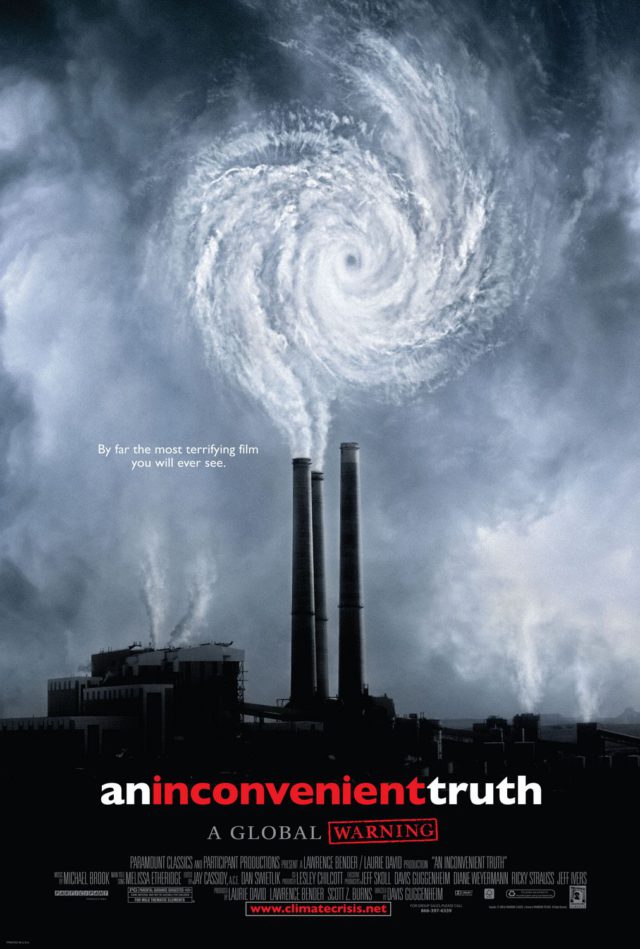
The first part of this notion is unquestionably true: the planet is warming due to human activities, primarily carbon dioxide emissions. But the second part, that a warming planet is the cause of the extreme weather events we are experiencing today, is vastly oversimplified and exaggerated. Day to day, week to week, season to season, and year to year, there is enormous natural variability at every level of the earth’s geography and topography, and in relation to virtually every climate-related phenomenon that impacts human societies. The main source of climate variability in the past, present, and future, in all places and with regard to virtually all climatic phenomena, is still overwhelmingly non-human: all the random oscillations in climatic extremes that occur in a highly complex climate system across all those highly diverse geographies and topographies.
Indeed, natural variability is far greater across all temporal and geographic dimensions than even quite extreme scenarios for anthropogenic climate change can begin to produce. Large human populations, for example, occupy capitals as cold as Ulaanbaatar, Mongolia, with an annual mean temperature of 0 degrees Celsius, and as hot as Khartoum, Sudan, with an annual mean temperature of 30. Even equatorial regions, where temperatures are relatively stable, can range from 21 to 31 degrees from season to season and 16 to 32 degrees from night to day. Compare that to extreme projections of, at most, 4 or 5 degrees Celsius of average warming globally by the end of this century.
The idea, then, so perfectly captured by the poster for An Inconvenient Truth, that a few degrees of warming would result in powerful hurricanes and intense heat waves materializing out of thin air was always implausible. We know that anthropogenic warming can increase rainfall and storm surges from a hurricane, or make a heat wave hotter. But there is little evidence that warming could create a major storm, flood, drought, or heat wave where otherwise none would have occurred, rather than making ones that would have happened anyway somewhat worse.
The main effect that climate change has on extreme weather and natural disasters, in other words, is at the margins. A heat wave in which daily high temperatures over the course of, say, a week never dropped below 99 degrees Fahrenheit in the absence of climate change would instead never drop below perhaps 102 or 103 degrees with the warming that the Earth has experienced to date. A rain event that dropped 10 inches of rain over 48 hours instead produces 11 inches of rain because of climate change. And so on.
These examples represent phenomena in which the effects of climate change are most straightforward and direct. One or two or three degrees Celsius of increase in the average background temperature results in extremes, both warm and cold, being one or two or three degrees warmer, possibly a bit more, possibly a bit less, depending on the event and location. Similarly, a degree of warming results in the atmosphere holding about 7 percent more water vapor, which translates to about the same percentage increase in rainfall.
In these cases, climate science theory and observations are well aligned. Climate change has increased the frequency of extreme heat events and decreased the frequency of extreme cold events. It has led to global sea level rise and glacial melting. At the regional level, some areas have also seen increases in phenomena like extreme precipitation events that are very directly linked to warming global temperatures.
But for most climate and weather phenomena, the effects are much more complicated and don’t always run in the same direction. Warmer surface and ocean temperatures, for instance, produce more rain from hurricanes, because warmer air can hold more water vapor. But climate change can also create countervailing factors, such as increases in wind shear, which may make it harder for hurricanes to develop and persist, and decrease their frequency.
Media accounts have been quick to tie hurricanes and other complex phenomena to climate change. But there is little data to suggest, thus far, that these events have actually gotten worse. The share of tropical cyclones that are Category 3 to 5, the strongest storms, has risen in recent decades. But overall tropical cyclone activity has decreased. As a result, the absolute number of major storms has remained fairly steady over time.
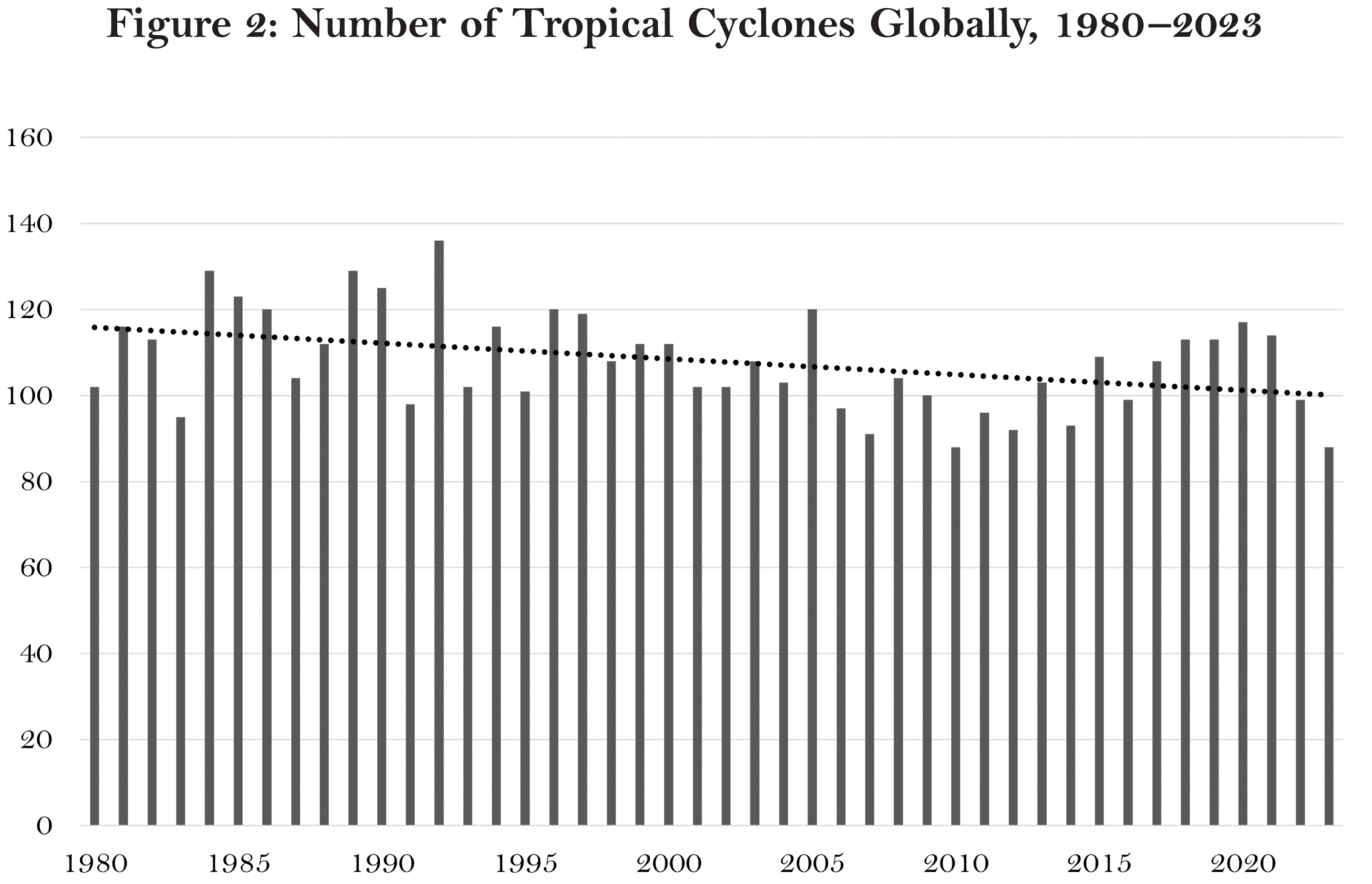
The situation is similar with other complex weather phenomena. Globally, the area burned by wildfires has decreased. There has been no detectable global trend in river floods nor for the total land area flooded. There is likewise no detectable trend globally in meteorological drought. Regionally, the trends vary, with some parts of the world seeing increases in phenomena such as flooding, wildfire, and rainfall, and others seeing decreases. The area burned by wildfire in the Western United States, for instance, has increased. But climate change is just one contributing factor, alongside the long-term increase in fuel loads in U.S. forests due to a century of fire suppression and the fact that there are a lot more people living in forested areas to start fires.
Many extreme weather events will continue to intensify, or become more frequent, absent rapid cuts in global emissions, as the climate continues to warm. But like today, the effects will continue to be on the margins of natural variability. IPCC projections suggest that the 1 extra inch of rain that global warming now adds to a once-in-fifty years 10-inch rainstorm will instead be 3 or 4 extra inches if we hit 3 degrees of warming. High temperatures in a heat wave that today hit 42 degrees Celsius might hit 45 or 46 degrees with 3 degrees of warming. Global warming–induced sea level rise of, on average, 9 to 10 inches globally over the last 150 years might rise another foot or two by 2100.
There is also concern about so-called “tipping points” — the possibility that some processes could result in a step change in the way that warming affects the climate. Some scientists have proposed, for instance, that climate change might result in a slowing down of the Atlantic Meridional Overturning Circulation, the system of ocean currents through which the Gulf Stream brings warm water to the North Atlantic and moderates temperatures across much of Europe. Others suggest that the thawing of permafrost, and of methane hydrates on the seafloor, could result in rapid release of methane and accelerate warming, or that ice sheets in Greenland and Antarctica could disintegrate rapidly, leading sea levels to rise much faster than most current estimates suggest.
But while it is clear that continuing warming risks triggering these and other potential tipping points, those that function at global scales and have the potential to significantly impact the global climate do not appear to be particularly abrupt phenomena that would bring major and immediate global impacts. When scientists speak of things like “rapid” release of methane or melting of ice sheets, they generally mean rapid in geological time. These processes would unfold over centuries or millennia, not decades.
We don’t precisely know, moreover, how much additional warming would be necessary to trigger many of these tipping points. Nor do we even know if the feedbacks will all run in the same direction, toward a hotter planet. One recent review of the literature, “Mechanisms and Impacts of Earth System Tipping Elements,” concluded that a cascading series of tipping points and climate feedbacks, taken together, might in the worst case increase warming by half a degree Celsius by 2300. Some of these changes would be irreversible. Thawing methane from the sea floor would never be restored and major ice sheets in Greenland and West Antarctica would take hundreds of thousands of years to recover if they were lost. But there is little basis for claims that surpassing these tipping points risks triggering irreversible, runaway warming, as many people have long feared.
Rather, climate change over the rest of this century will make the world marginally hotter almost everywhere. It will make some weather events such as extreme rainfall more intense than they otherwise would be. And it will result in some other extremes being more frequent or intense in some parts of the world and less so in others. But it will not shift the basic function of the Earth system into a profoundly different state, one that human societies are entirely unfamiliar with, or create weather extremes far outside the range of extremes that human societies have dealt with in various geographies that they have long inhabited.
→ Continue to Part II of the essay.
Or read a printer-friendly version of the entire article.
Exhausted by science and tech debates that go nowhere?